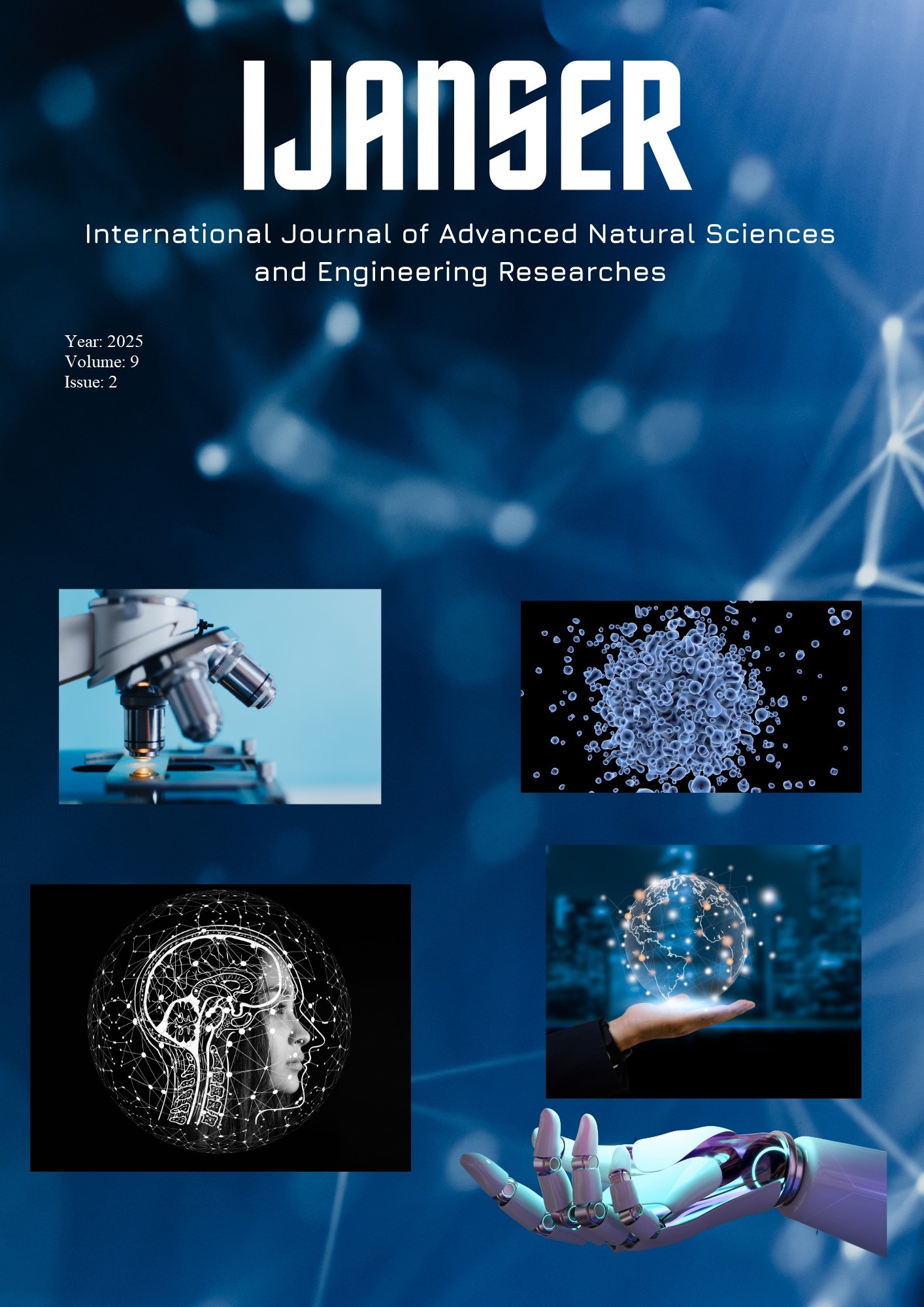The use of ICT elements in a specific student environment in the pre pandemic and pandemic periods of COVID-19: A comparative study
DOI:
https://doi.org/10.5281/zenodo.14823809Keywords:
ICT Usage, COVID-19 Pandemic, University Students, Online Education, Social Media, Health RisksAbstract
This study examines the use of ICT resources among university students, focusing on the COVID-19 pandemic and pre-pandemic periods. Findings show a significant increase in daily hours spent on digital devices for educational and leisure activities during the pandemic, with social media being the dominant platform. This surge was observed across educational and leisure activities, highlighting the pandemic's significant impact on ICT usage patterns. Social media emerged as the dominant platform, drawing the most attention from students during their leisure time. The convenience and accessibility of platforms such as these played a key role in connecting individuals, providing entertainment, and serving as an escape from the challenges of lockdowns and restrictions. The role of ICT tools in facilitating online learning during the pandemic was undeniable. They provided critical support in maintaining educational continuity and enhancing communication between students and educators. However, the increase in screen time was not without drawbacks. A considerable portion of this time was spent on non-educational activities. Mobile phones, in particular, were the most frequently used devices for leisure activities, reinforcing their status as indispensable tools in students’ daily lives.
Downloads
References
Kurilla, A.; Muchová, J.; Alexanderčíková, Z.; Okruhlica, Ľ. (2018). Používanie počítačov a Internetu adolescentmi. In: Alkoholizmus a drogové závyslosti (protialkoholický obzor), 53(1), pp. 5-19. Bratislava: Vydavateľstvo Obzor (9. March, 2018). ISSN: 0862-0350. https://www.adzpo.sk/sk/adzpo-archiv/270-2018-rocnik-53/cislo-1/1139-pouzivanie-pocitacov-a-internetu-adolescentmi.
Gardan, I. P.; Manu, M. B.; Gardan, D. A.; Negoita, L. (2025). Adopting AI in education: Optimizing human resource management considering teacher perceptions. Frontiers in Education. https://www.frontiersin.org/ journals/education/articles/10.3389/feduc.2025.1488147/full.
Zhang, Y.; Fei, G.; Guofeng, C.; Zong, S.; Liu, H. (2025). Machine learning in education: Addressing regional disparities and enhancing quality through AI integration. SSRN Electronic Journal. https://papers.ssrn.com/ sol3/Delivery.cfm?abstractid=5105613.
Farzollahi Zanjani, M.; Sarmadi, M. R. (2025). Designing education models to enhance digital skills for effective ICT usage. Journal of Educational Studies. https://education.scu.ac.ir/article_19823.html?lang=en.
Gavurová, B.; Ivanková, V.; Rigelský, M. (2022). Somatic symptoms, anxiety, and depression among college students in the Czech Republic and Slovakia: A cross-sectional study. Frontiers in Public Health, 10, 859107. https://doi.org/10.3389/fpubh.2022.859107.
Aristovnik, A.; Obadić, A. (2014). Measuring relative efficiency of secondary education in selected EU and OECD countries: The case of Slovenia and Croatia. Technological and Economic Development of Economy, 20(2), 353–370. https://doi.org/10.3846/20294913.2014.880085.
Takáč, O.; Czakóová, K.; Végh, L.; Kocsis, G.; Marák, L.; Kocsis, Z.; Nagy, M. (2024). Exploring the relationship between personality traits and ICT usage. International Journal of Advanced Natural Sciences and Engineering Researches, 8(11), 537-544.
Takáč, O.; Czakóová, K.; Végh, L.; Kocsis, G.; Marák, L.; Szencziová, I.; Kocsis, Z.; Nagy, M. (2024). The COVID-19 pandemic in retrospect. International Journal of Advanced Natural Sciences and Engineering Researches, 8(11), 529-536.
Takáč, O.; Czakóová, K.; Végh, L.; Kocsis, G.; Marák, L.; Szencziová, I.; Kocsis, Z.; Nagy, M. (2024). The impact of COVID-19 on ICT usage patterns and educational practices: A case study of university students. International Journal of Advanced Natural Sciences and Engineering Researches, 8(11), 523-528.
Kiss, G. (2017). Measuring the ICT competencies in Slovakia and in Serbia in higher education. In ERPA International Congresses on Education 2017 (ERPA 2017) (Vol. 37, pp. 1-10). Édition Diffusion Presse Sciences. https://doi.org/10.1051/shsconf/20173701075
Kiss, G.; Árki, Z. (2016). Comparison of the ICT literacy level of Slovakian and Hungarian students in higher education. In ERPA International Congresses on Education (Vol. 26, pp. 1-9). Édition Diffusion Presse Sciences. https://doi.org/10.1051/shsconf/20162601093
Kiss, G.; Csiba, P. (2017). Analyzing the self-reported ICT literacy level of Slovakian and Serbian students in higher education. In ERPA International Congresses on Education 2017 (ERPA 2017) (Vol. 37, pp. 1-8). Édition Diffusion Presse Sciences. https://doi.org/10.1051/shsconf/20173701076
Gregussová, M.; Tomková, J.; Balážová, M. (2011). Dospievajúci vo virtuálnom priestore: Záverečná správa z výskumu 2010. Bratislava: VÚDPaP, Dostupné na internete: http://www.zodpovedne.sk/download/vyskumna_sprava_sk.pdf
Holdoš, J. (2015). Závislosť od internetu u mladých ľudí na Slovensku. In: Holdoš et al.: 18 Internet a jeho súvislosti v sociálnych vedách. Ružomberok: Verbum, 2015. s. 31-58





